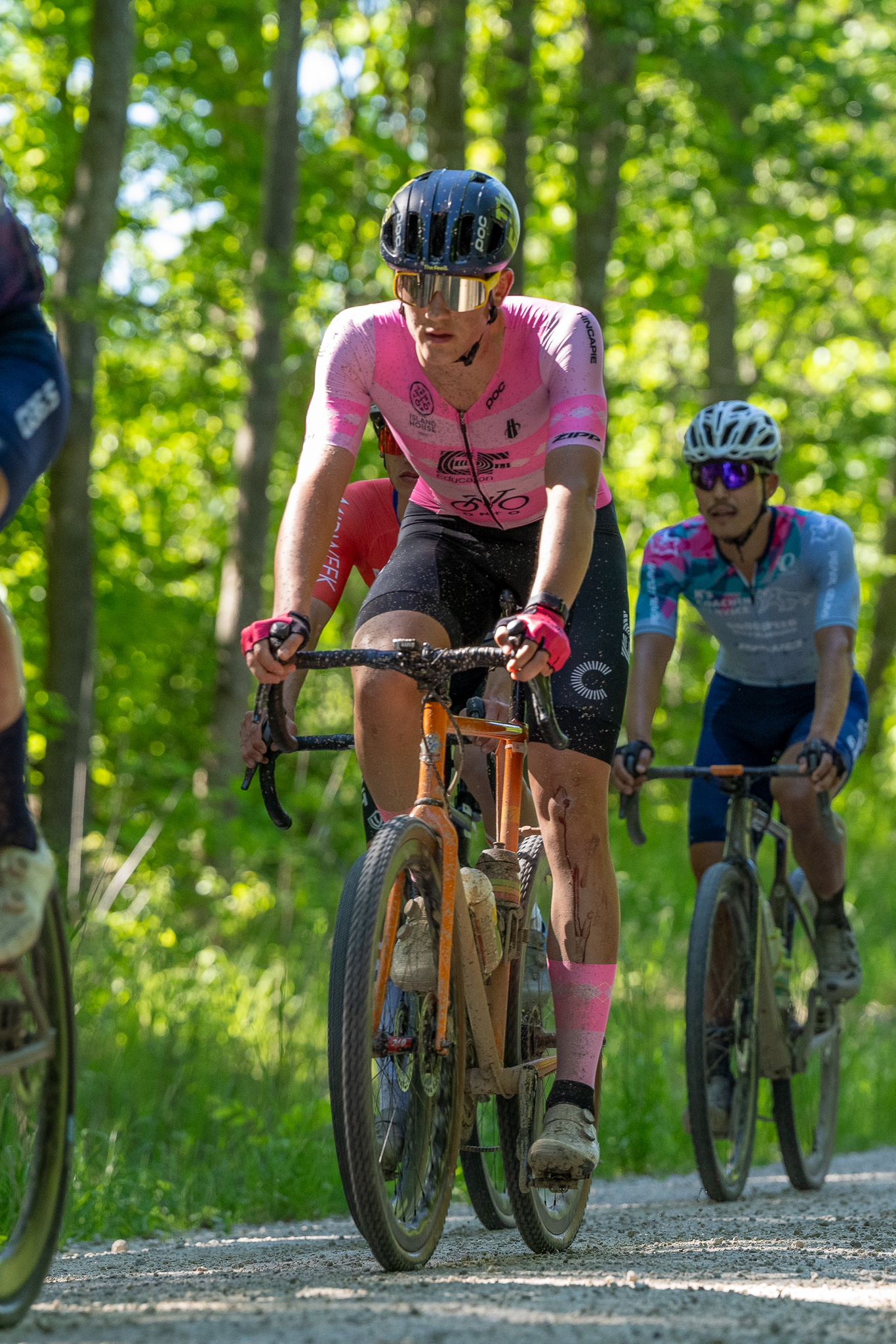
At the top of the Niagara Escarpment, the peloton was corralled on the startline with Georgian Bay behind, a chairlift to the side and a gravel road that cut through a forest ahead. Some riders nervously fiddled with their equipment, a few sipped on water bottles, some sat pensively resting on their handlebars, while others chatted. Gravel races bring multiple variables that are difficult to control, especially when you’re racing at speed in a peloton: punctures, crashes, or mechanical issues are common. On the start line, nervousness flows through the group, as riders wonder if they have made the right tire selection, have pumped them to the ideal pressure, have enough food in their pockets, will have the legs to follow or lead, or will have the technical skills to corner on dirt at speed or plough through deep mud.
Two years ago, the UCI introduced the Gravel World Championships. To qualify for the race, riders would need to be in the top tier of the riders in UCI sanctioned races held on each continent. In mid June, the North American qualifier was held in Collingwood, Ontario on a tough hilly circuit with a mixture of packed gravel, farm track, swamp and pavement. This year, like last, I rode the race with my son, Ashlin. A friend, from the USA, joined us for the weekend and raced as well.
With the starter’s whistle, we took off, down the track, following the lead riders as they attacked and picked the fastest lines around puddles and mud. Within minutes the peloton splintered and the front group of 20, or so, riders continued to shrink with each technical section or climb. The top riders, who had come from the USA, Colombia, Spain, United Kingdom and of course, Canada, attacked and followed over the rolling gravel hills. As with many gravel races, there is rarely a sizeable peloton. Most riders find themselves in small groups , while some are left alone to pedal away for hours in pursuit of the finish. Being with others is always beneficial so large time gaps open quickly, especially on the wide open flatter fast sections that are open to the wind. I was alone behind, chasing and suffering, while Ashlin rode up front with a group of three.
Having ridden the race last year we knew what to expect. The majority of the course was fast yet the few kilometres of track that essentially went through a swamp were tough, required traction, a bike with decent mud clearance, and bike handling skills. Those few kilometres would likely decide the race. This year the track was muddier than last so we opted for tires with more tread that weren’t too wide: the René Herse Steilacoom 700c x 38 mm endurance casing tires. Ashlin had used them earlier this year in Paris to Ancaster, a notoriously muddy race, with good success: they had enough grip and shed mud from the tread but remained quick on the tarmac and packed gravel. We both rode them at roughly 40 psi, as neither of us like the tire to feel mushy while climbing out of the saddle, attacking or sprinting. (for tire pressure recommendations, use the Rene Herse or Silca calculator.)Both of our Mariposas, which are similar on every level with Shimano Dura-Ace Di2 and Princeton Grit 4540 wheels, had enough clearance that we were never slowed by mud built up on the frame.
As planned, on the final lap, Ashlin attacked, dropping his two breakaway companions, Ben Perry (CDN) and Brennan Wertz (USA), through the mud to win alone. Despite winning the race he can’t qualify for the Elite Gravel Worlds due to his age. The race was well organized, the weather ideal and the course challenging. Overall it was a great day out for all.
In gravel races, it is often hard to eat due to the technical aspect of the races. Both Ashlin and I only consumed liquids carbohydrates during the race. Allen Lim, my former coach and friend who founded and owns Skratch Labs made all of our race bottles for the day. Here’s what we consumed over the nearly four hour race: Breakfast of rice and eggs 3 hours before the start, 1 start bottle with 100 grams of carbohydrate and extra sodium, 3-4 large 750 ml race bottles with 60 grams of carbs each, gels made with 40 grams of carbohydrate and, at after we crossed the finish line, Skratch recovery drink.
To make Skratch Gel-like mix: Gel Mix: 240 grams of high carb + 800 ml of water in a Nalgene bottle – will make 4 x 60 gram 250 ml flasks.
by Michael Barry
Photography by Jody Wilson

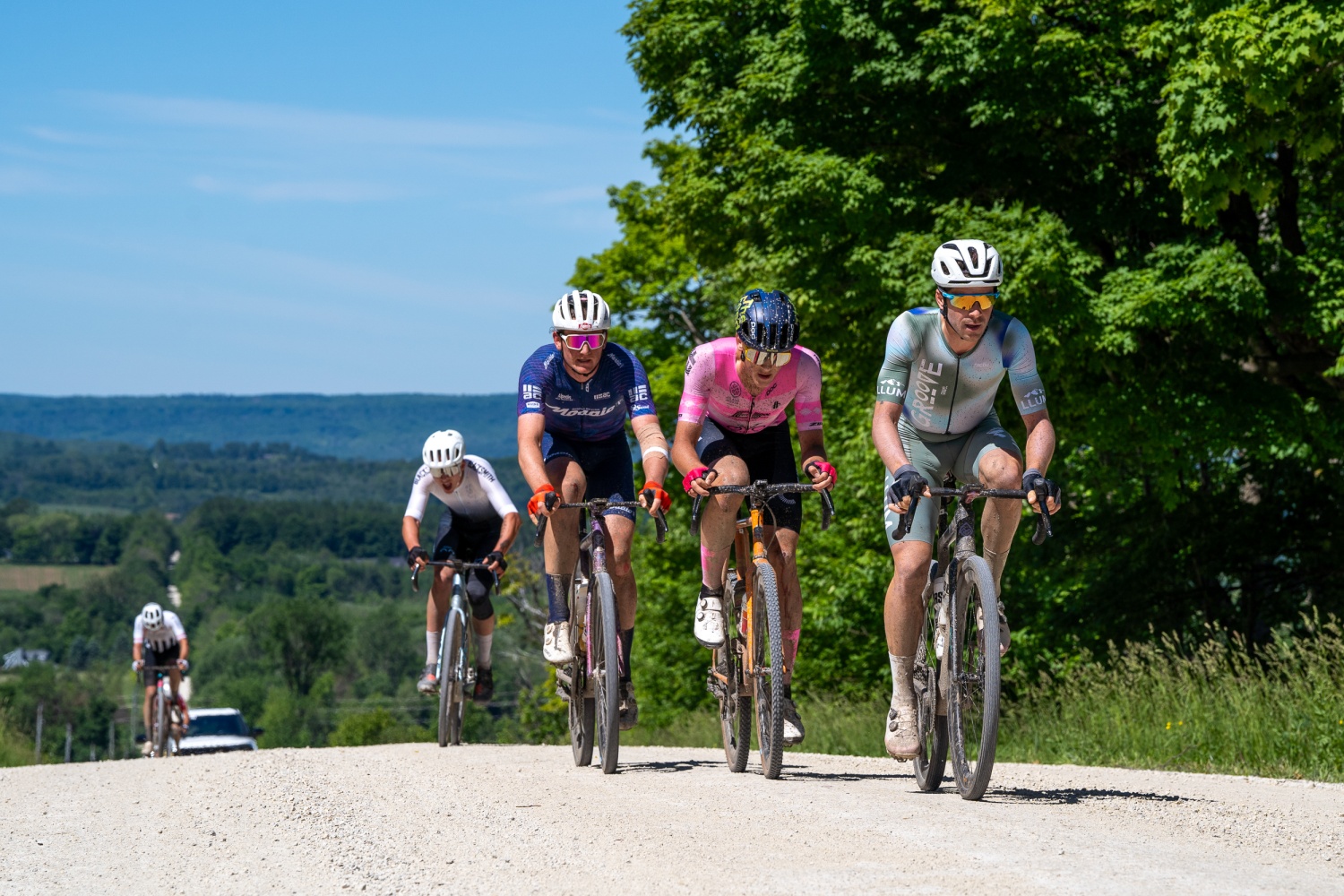
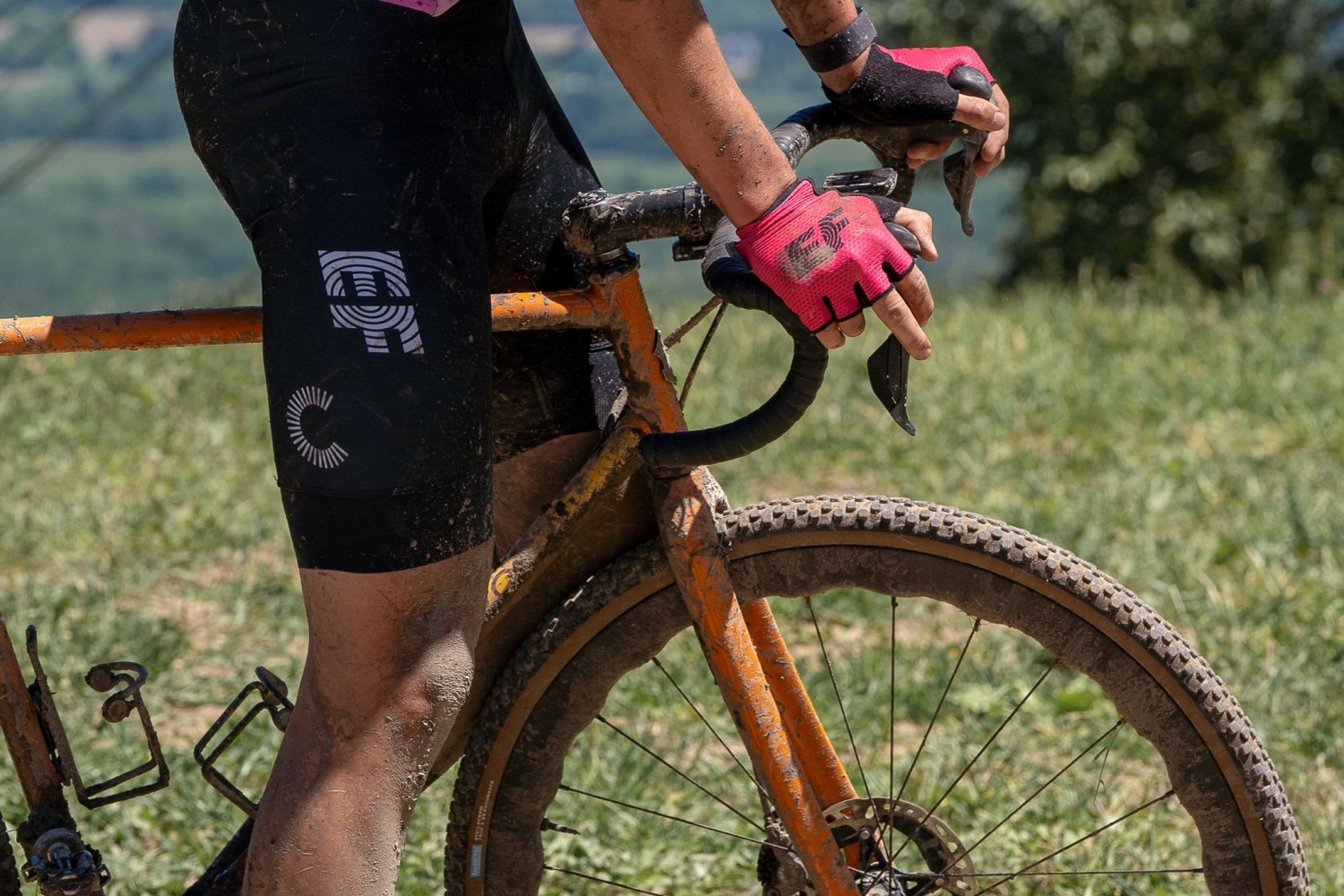
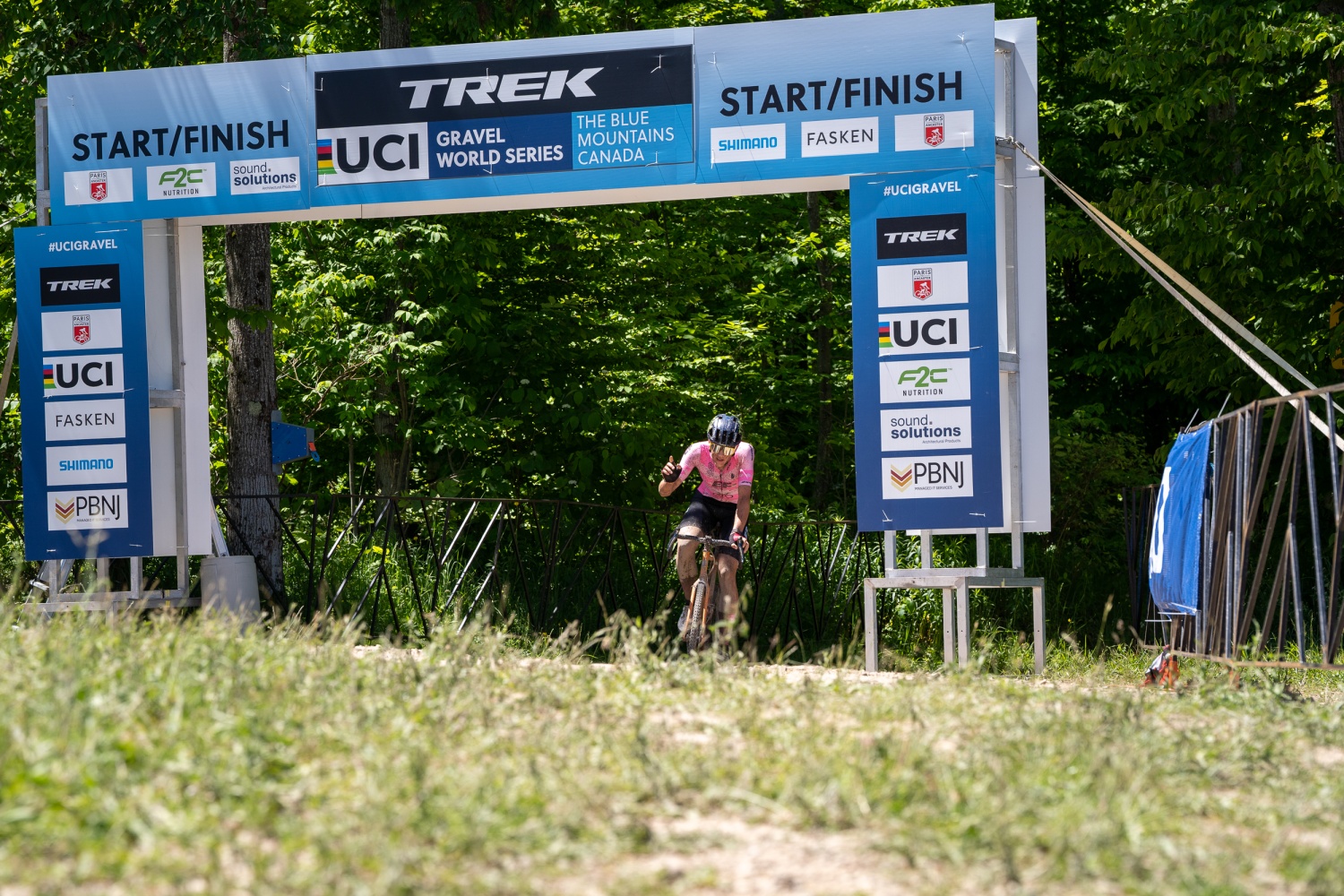
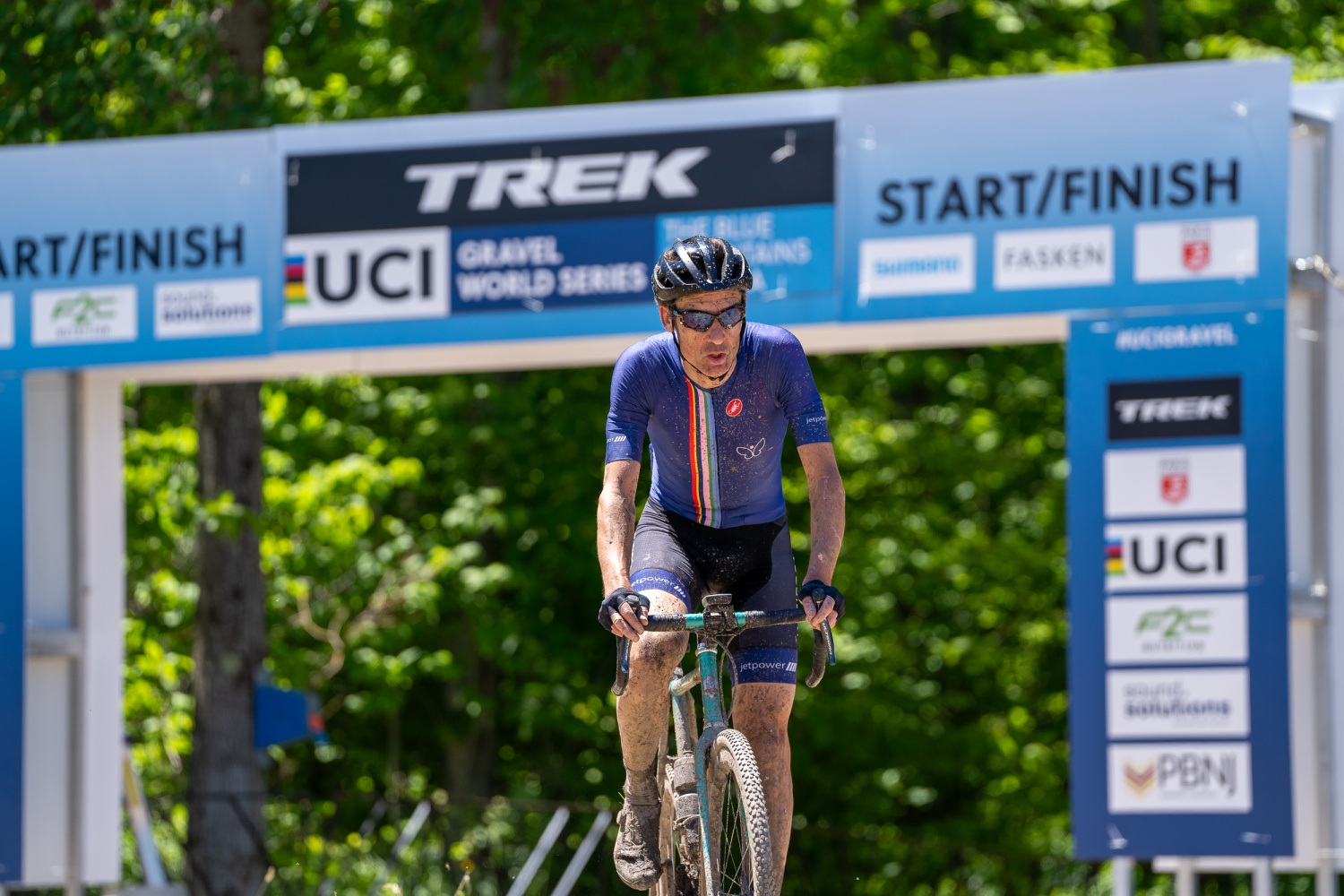
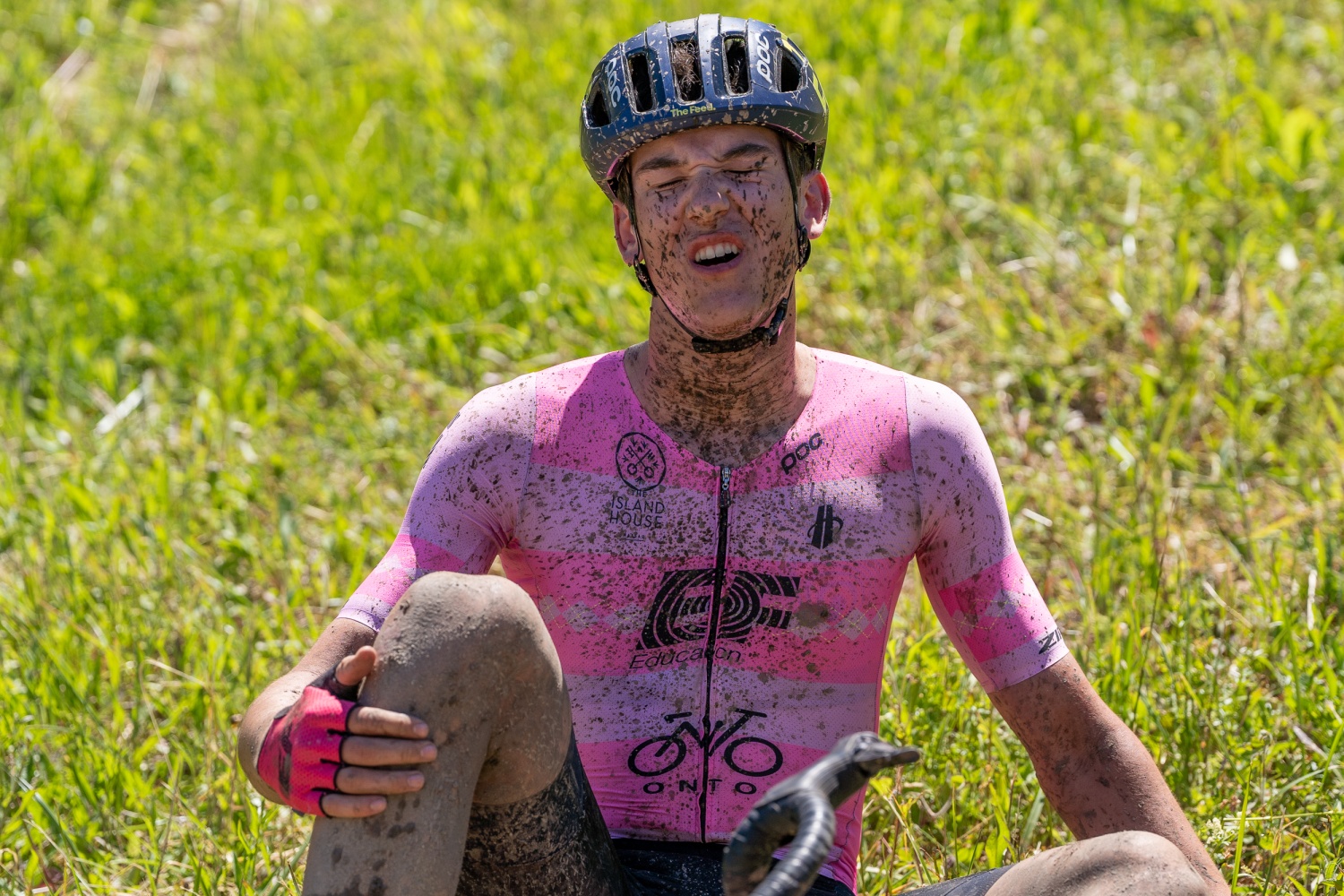
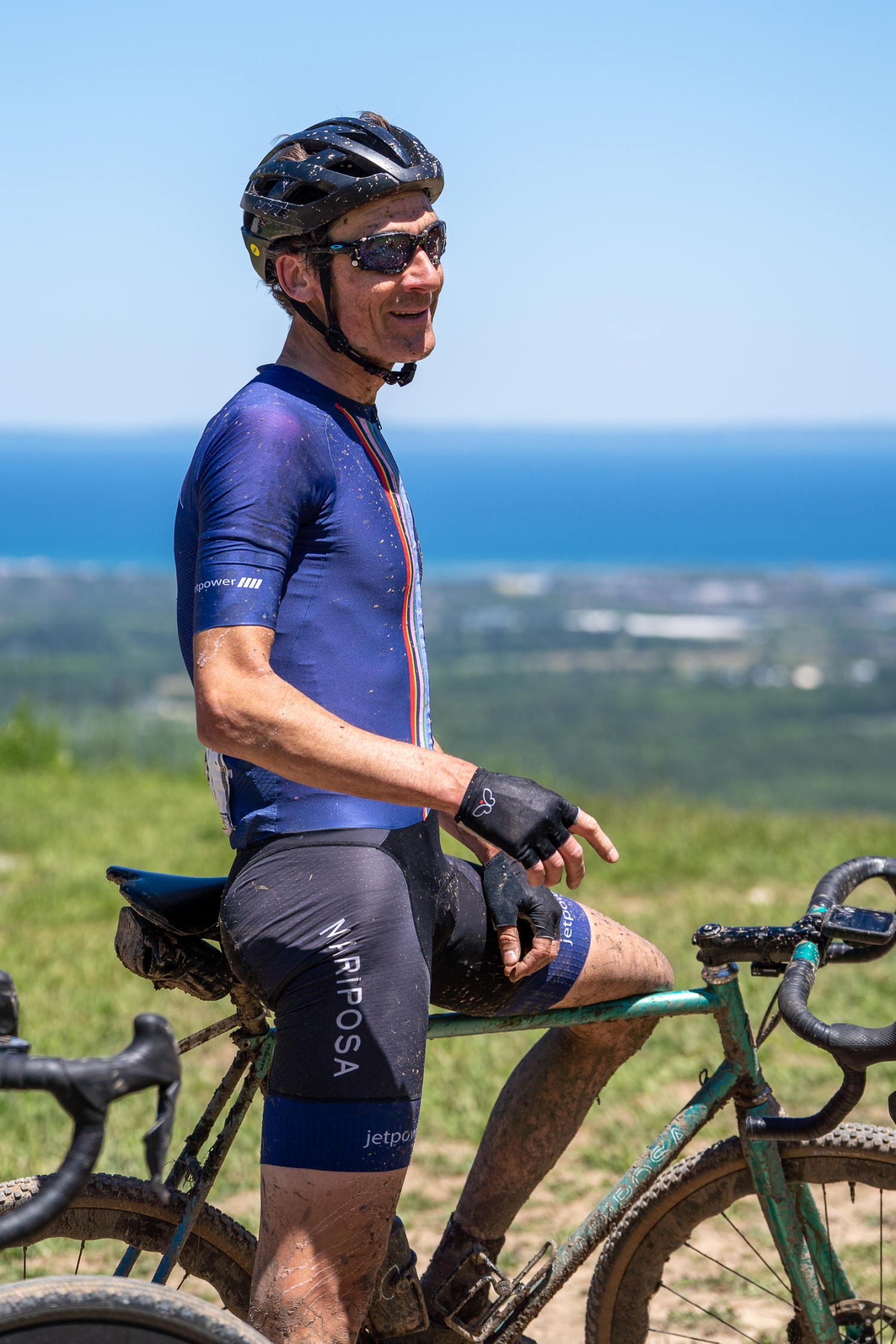
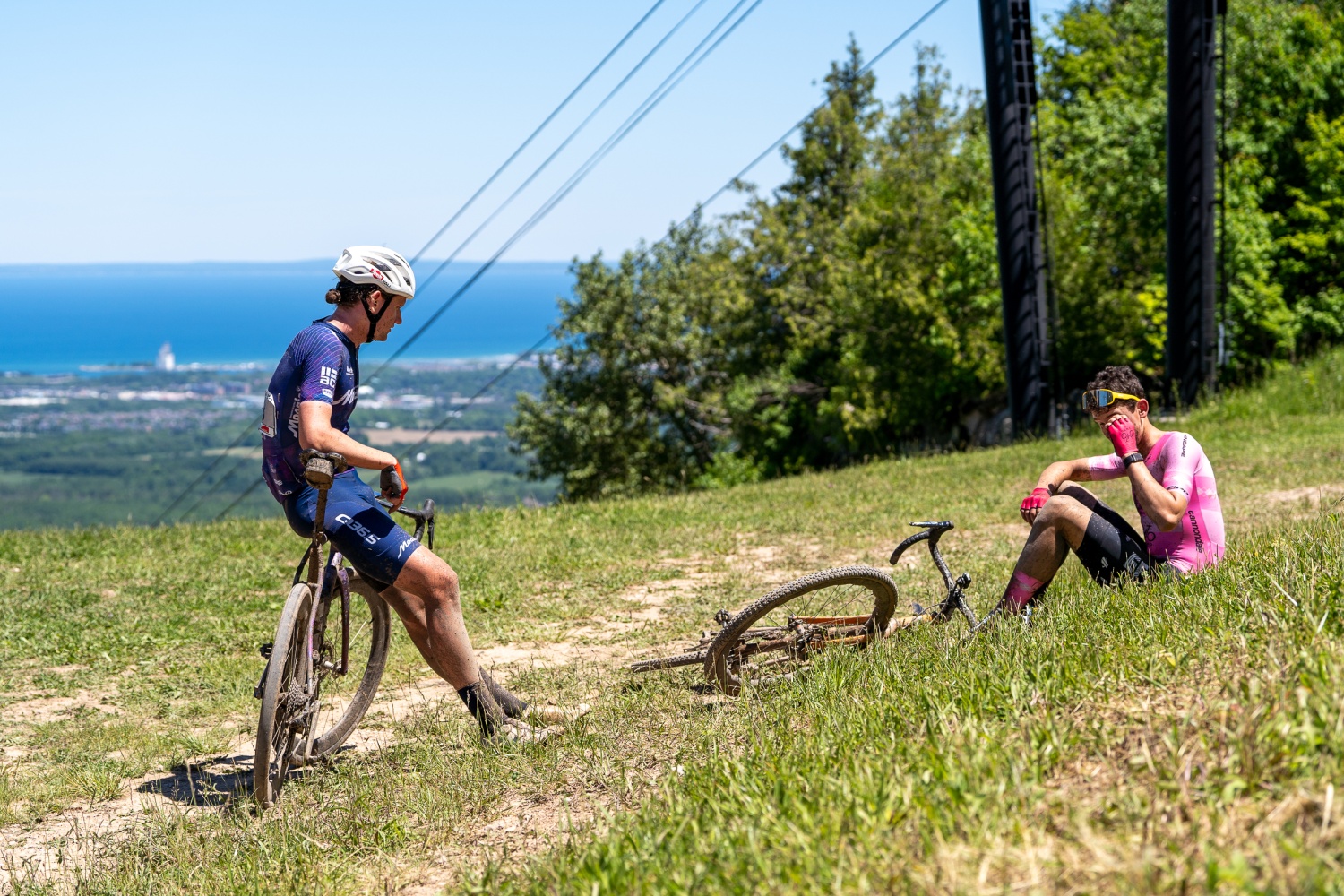
Fantastic account and congratulations to Ashlin. You rock Michael!
Thanks Scott!
Congratulations to both Michael and Ashlin on their race. As always a lot of insight into the preparation and race. Just a side note the EF ONTO video is great.
Thanks Peter!
I really enjoyed reading this account. Congrats all around.